When you say Catalonia, most people imagine Barcelona, but there's so much more. This fascinating Spanish province is home to some of the best Spanish wines, including Cava, Spain's most famous sparkling wine, and my favourite summer drink. A few weeks ago, I spent four days in a company of four lovely international bloggers and journalists exploring wine regions of Catalonia. If you want to discover new places, activities, delicious local food and wine outside Barcelona, read on.
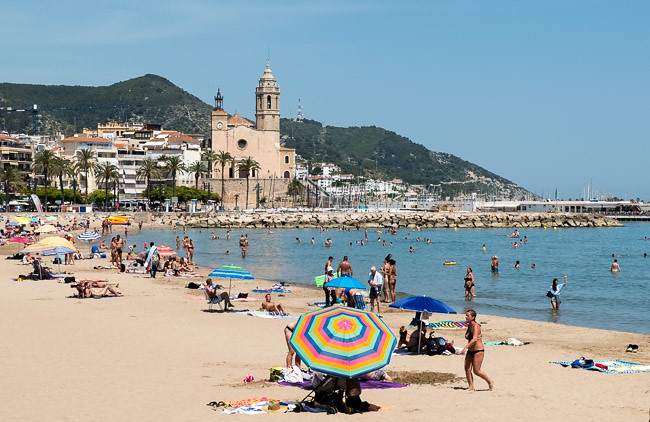
Terra Alta Greenway bike tour
We kicked off our first day with a bike tour through the Greenway, an old abandoned railway line which was closed in 1973 after one of the tunnels had collapsed. The route offers amazing views of the mountains of the Natural Park of "Els Ports", typical vineyards and olive groves. Although we cycled only 7 out of 45km of Terra Alta Greenway, which takes you through several tunnels, bridges and old train stations, we all felt that we deserved the wine tasting in our final point, the picturesque La Fontcalda.
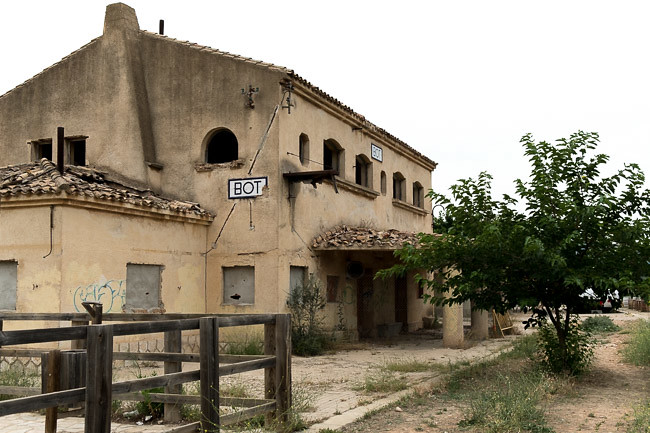




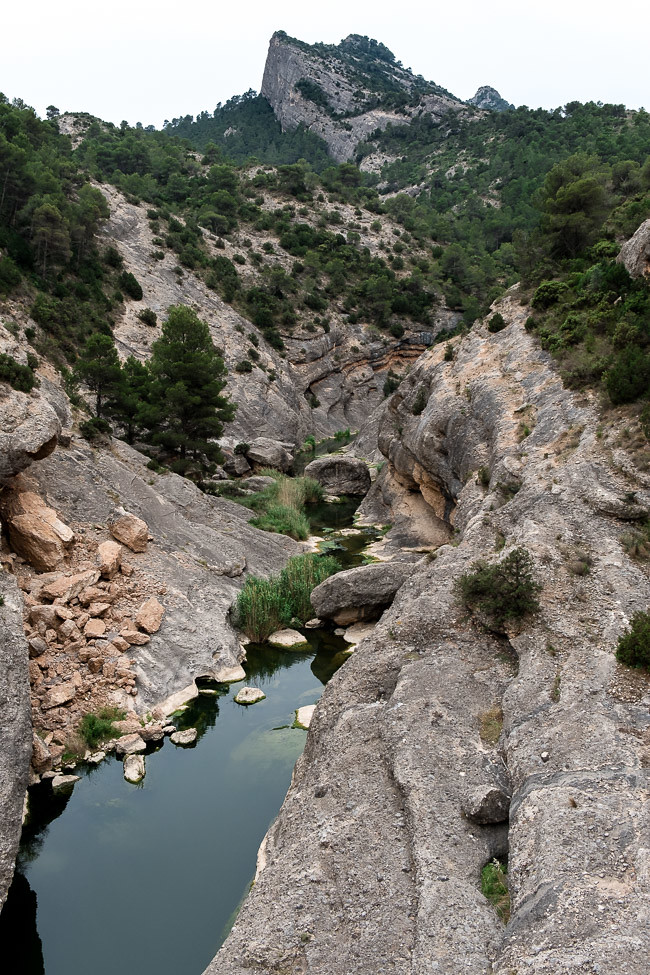
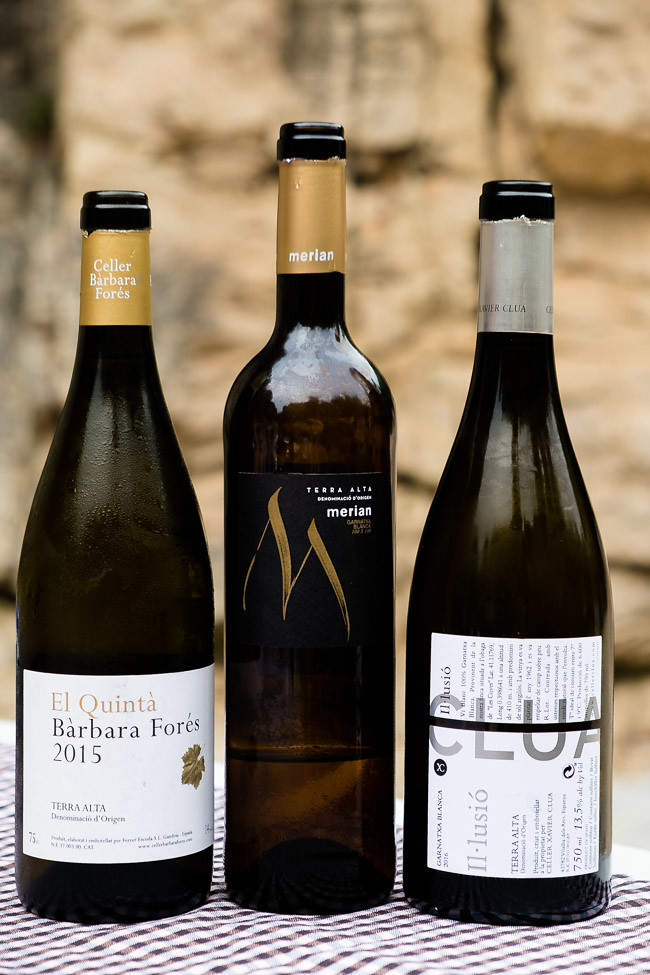
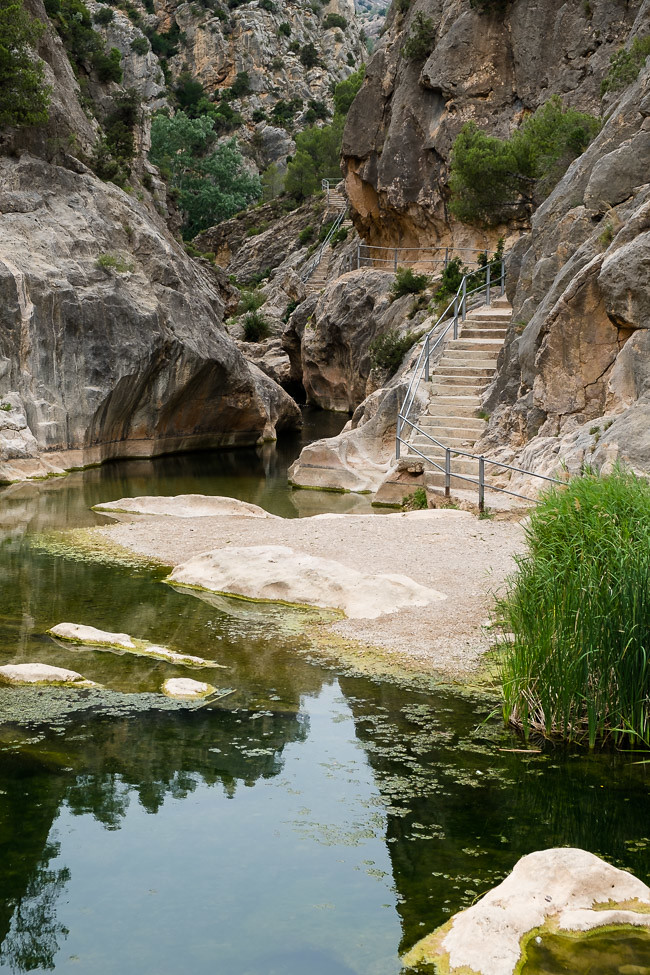
A Cathedral of Wine in Pinell del Brai
I've never heard of a cathedral of wine before visiting Catalonia, but I definitely liked the sound of it, and was curious to discover what these impressive buildings are. Just like traditional cathedrals, many cathedrals of wine also feature multiple naves, built in the shape of a cross. Tall windows reminiscent of wine bottles, however suggest these cathedrals were serving quite a different purpose. Designed by a Catalan modernista architect Cèsar Martinell, a disciple of Antoni Gaudí, at the end of the 19th century, these were in fact cooperative wine cellars. Four families in Pinnel de Brai, Terra Alta region, decided to build the cathedral and set up a cooperative in 1917 after the phylloxera plague destroyed most of the vineyards in the region. You won't find an altar or wooden benches inside, but concrete wine vats which are no longer in use since 1990's. One of the specialities here is a delicious sweet wine called Mistela.

Terra Alta Greenway bike tour
We kicked off our first day with a bike tour through the Greenway, an old abandoned railway line which was closed in 1973 after one of the tunnels had collapsed. The route offers amazing views of the mountains of the Natural Park of "Els Ports", typical vineyards and olive groves. Although we cycled only 7 out of 45km of Terra Alta Greenway, which takes you through several tunnels, bridges and old train stations, we all felt that we deserved the wine tasting in our final point, the picturesque La Fontcalda.








A Cathedral of Wine in Pinell del Brai
I've never heard of a cathedral of wine before visiting Catalonia, but I definitely liked the sound of it, and was curious to discover what these impressive buildings are. Just like traditional cathedrals, many cathedrals of wine also feature multiple naves, built in the shape of a cross. Tall windows reminiscent of wine bottles, however suggest these cathedrals were serving quite a different purpose. Designed by a Catalan modernista architect Cèsar Martinell, a disciple of Antoni Gaudí, at the end of the 19th century, these were in fact cooperative wine cellars. Four families in Pinnel de Brai, Terra Alta region, decided to build the cathedral and set up a cooperative in 1917 after the phylloxera plague destroyed most of the vineyards in the region. You won't find an altar or wooden benches inside, but concrete wine vats which are no longer in use since 1990's. One of the specialities here is a delicious sweet wine called Mistela.
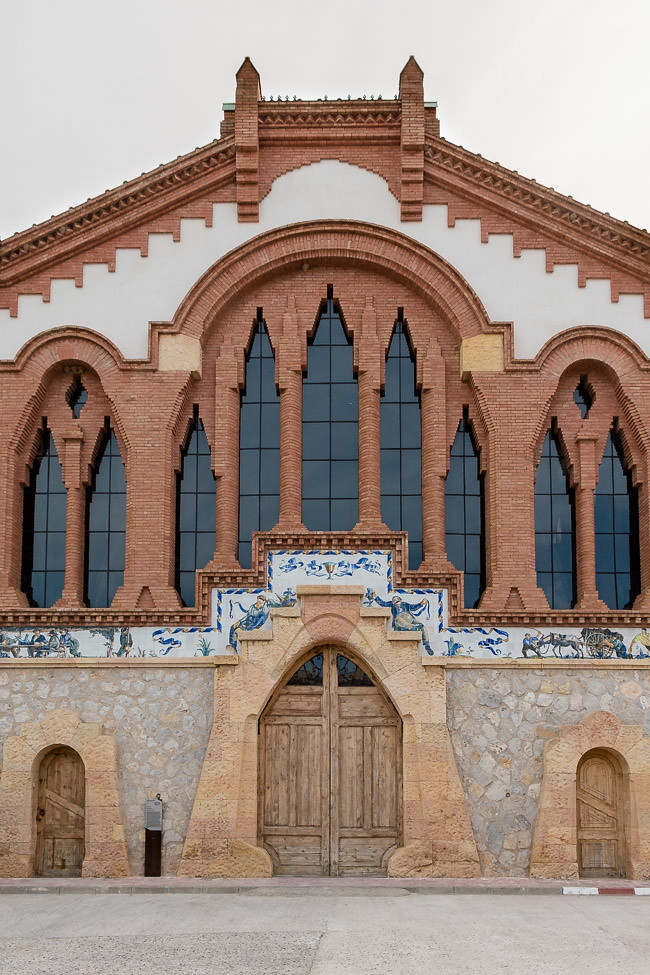
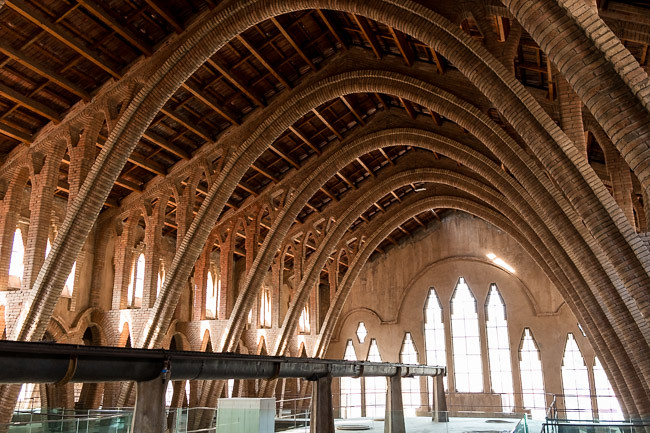
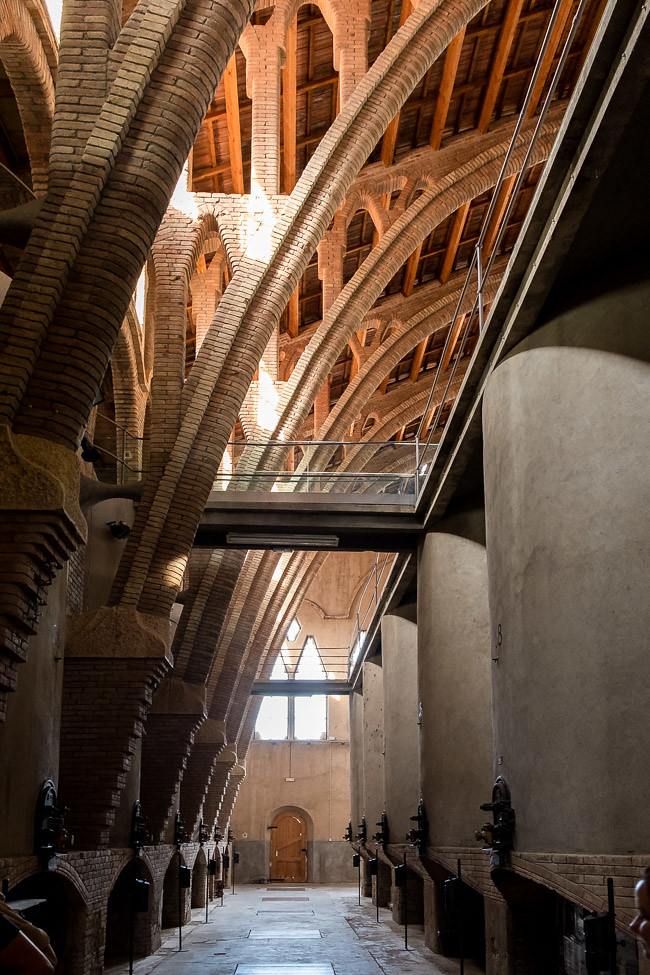
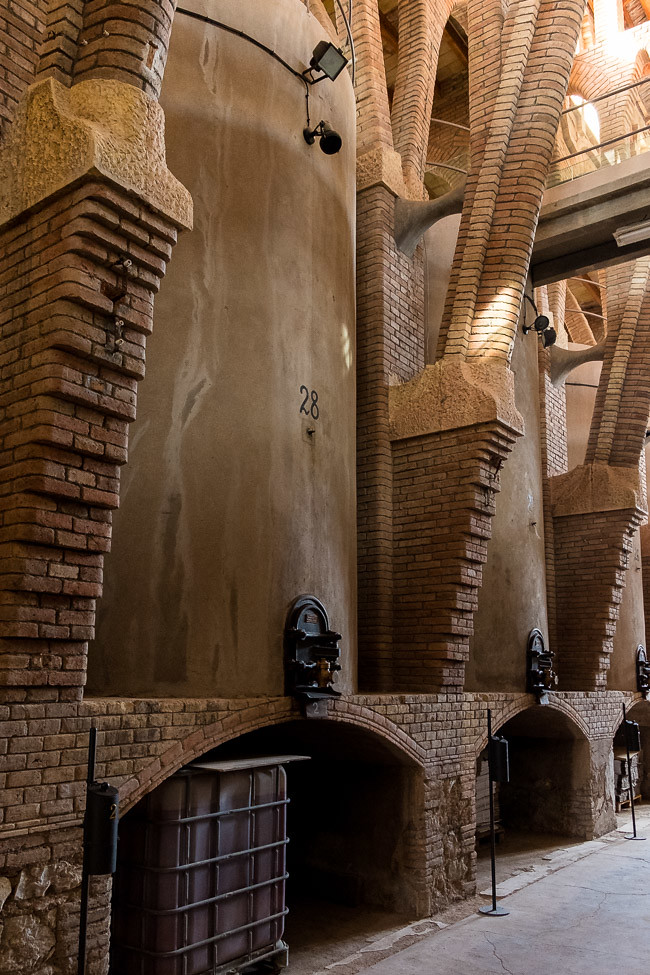
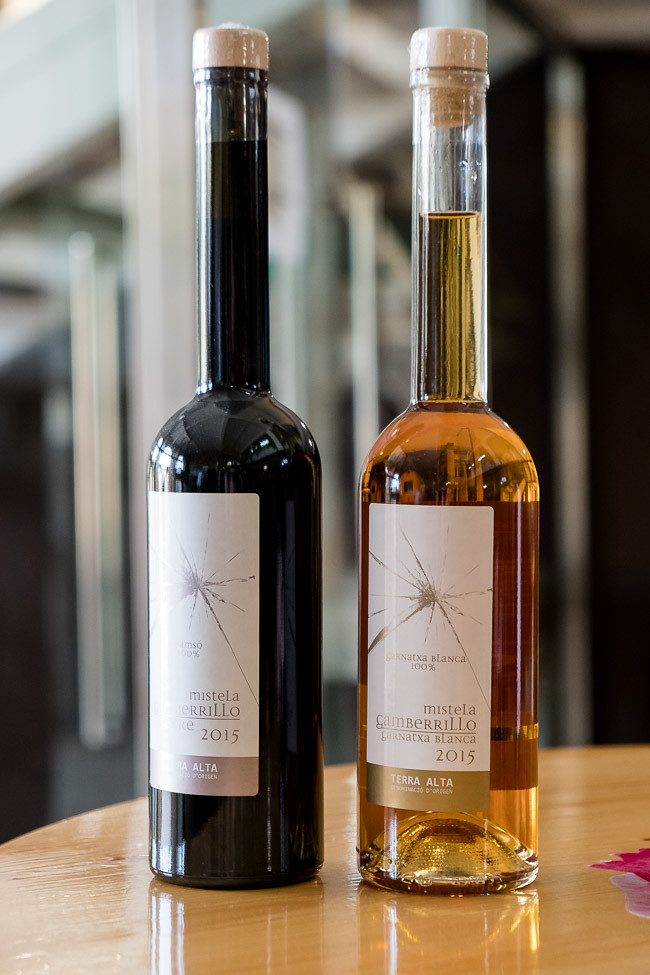
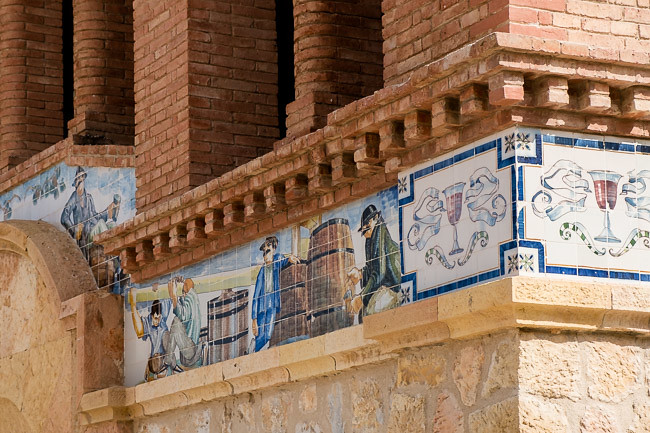
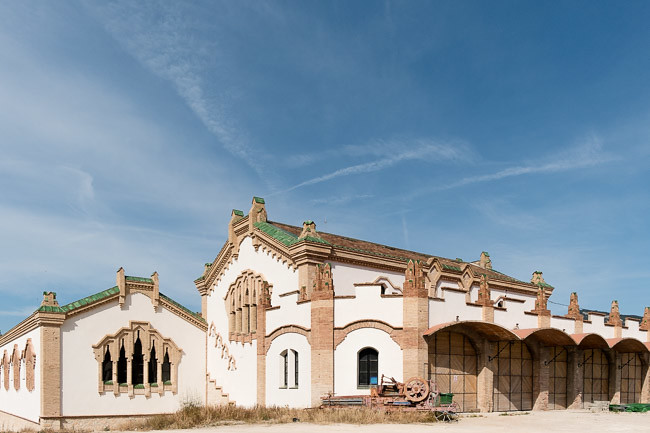
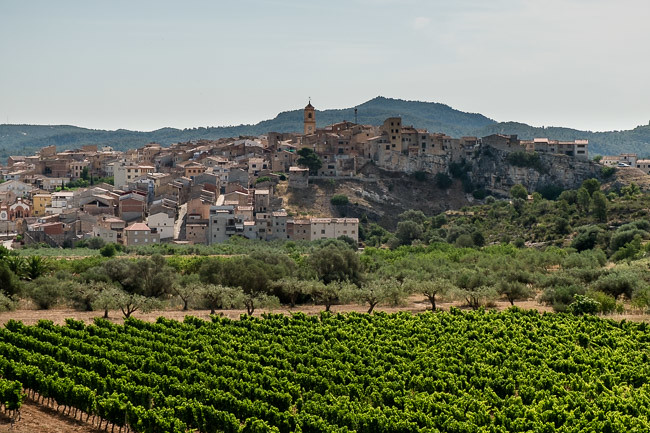
Bike tour through Masroig vineyards
After a bit of wine history in the morning, it was time for another bike tour, this one even easier than the last. One push of the power button on our electrical bikes made the group moving, heading towards vineyards of Masroig winery in Montsant region. I don't know if I should blame my bike or my technical skills, but I got my workout after all, when my bike refused to turn the motor on while going up the steepest hill of the entire tour.
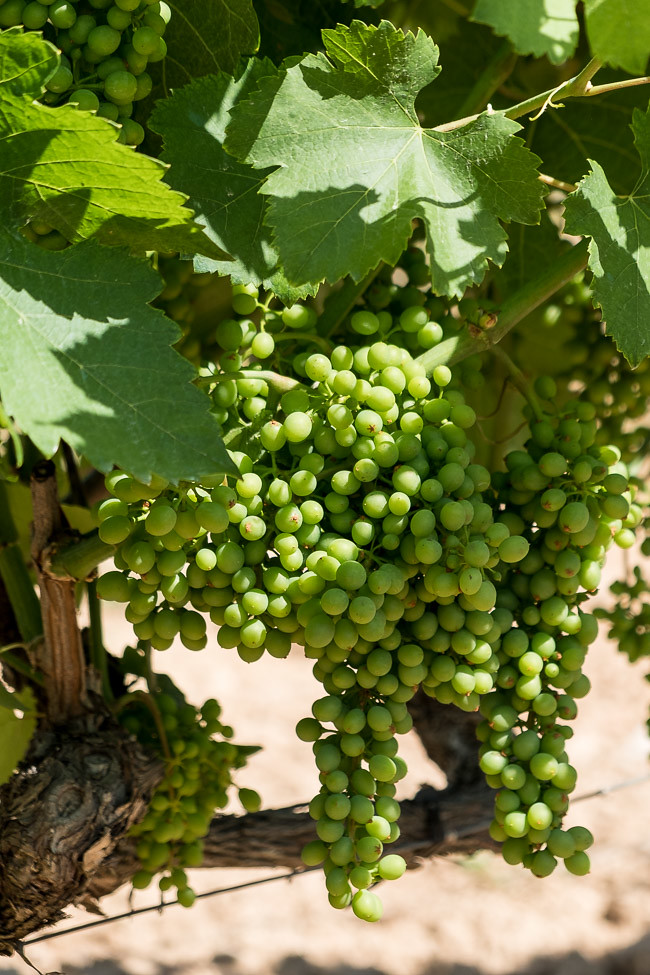
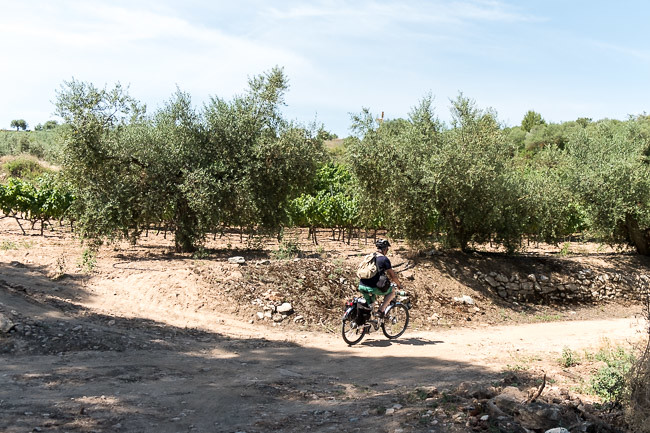
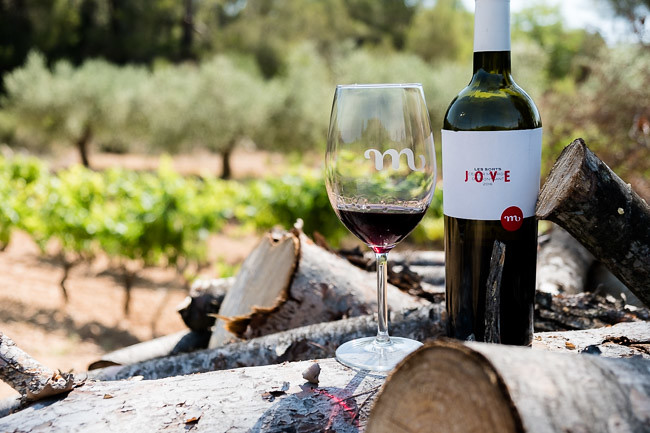
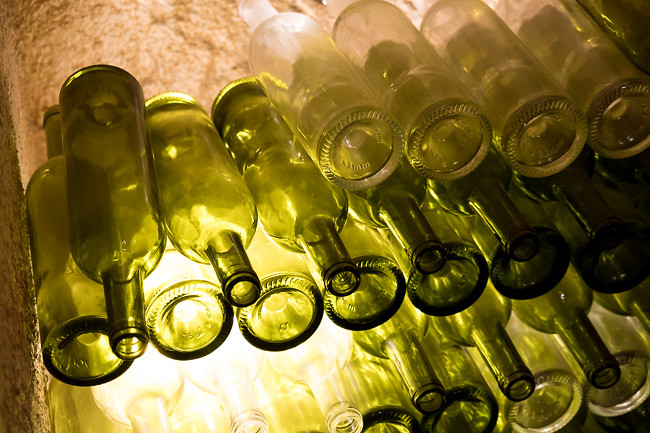
Mas Trucafort restaurant
Having my appetite completely whet, I wasn't shy to snatch the last of baked mussels which appeared on the table, and disappeared in a matter of seconds. Mas Trucafort restaurant sources the freshest mussels from Sant Carles de la Ràpita. They were seriously the best mussels I had in my life and I'd go back there just to have them again. But let me tell you about paella de tros!
Many people think paella is a coastal food prepared with seafood. Roger Felip Ibars, the owner and chef of the Mas Trucafort restaurant explained that there are in fact many kinds of paella, prepared with any available meat, as the most important ingredient to any paella is rice. He uses marisma rice, a Spanish variety with a large size of the grain, which perfectly absorbs stock and makes for a creamy and tasty paella. He prepares paella over an open fire fuelled by dried grape vines, in pans of different sizes based on number of people eating. Watching him cook the paella is like watching a fire show with a delicious finale. It takes only 16 minutes to cook the dish, but don't forget to cook the rabbit meat, chargrill artichokes and prepare your stock the day before.
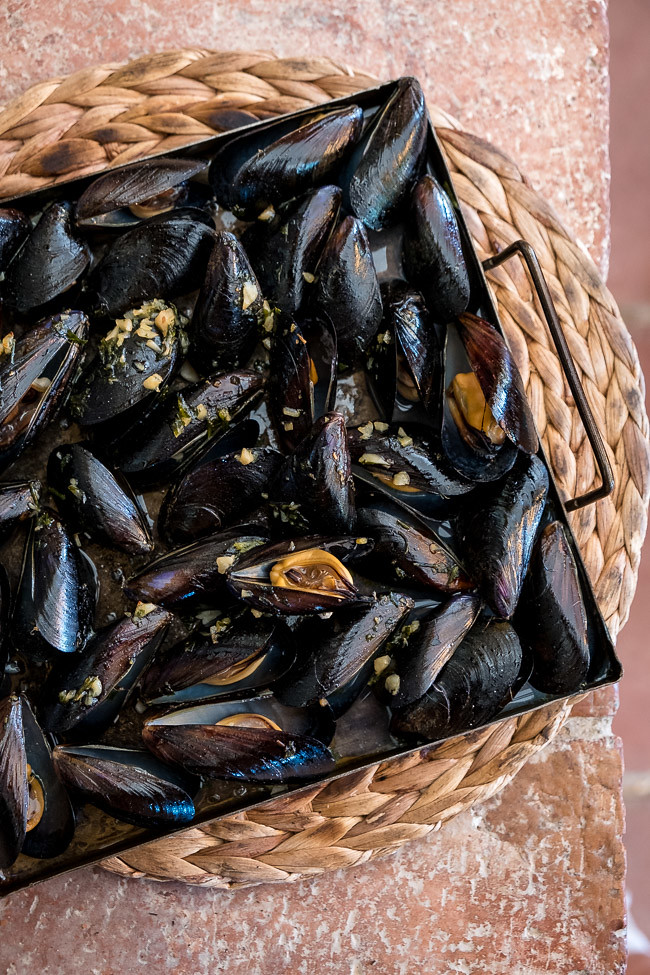
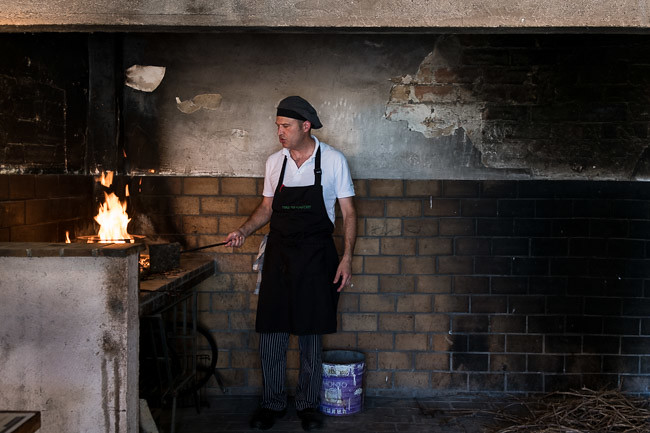
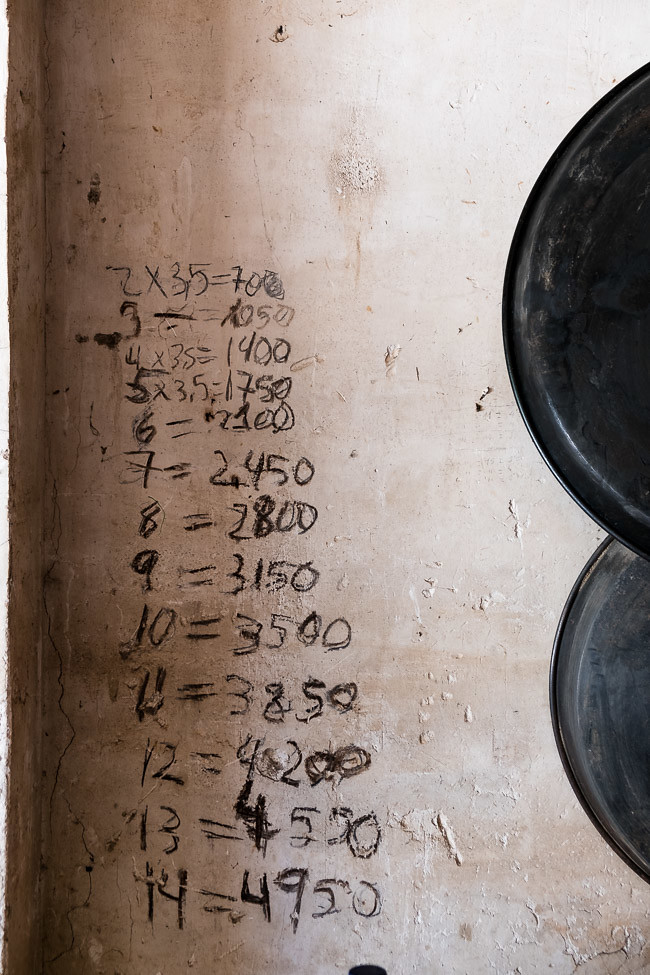
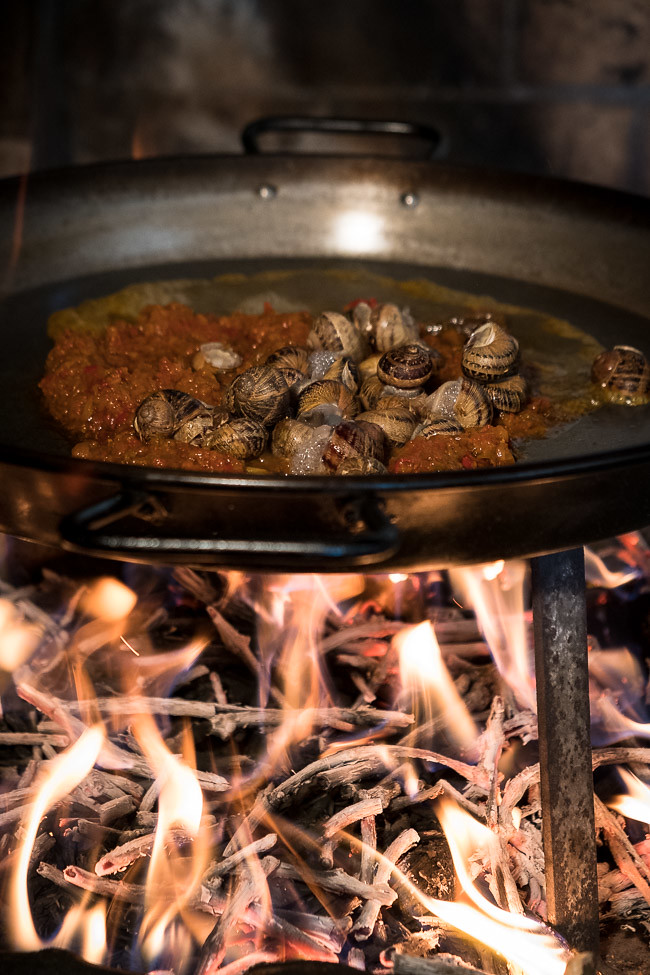
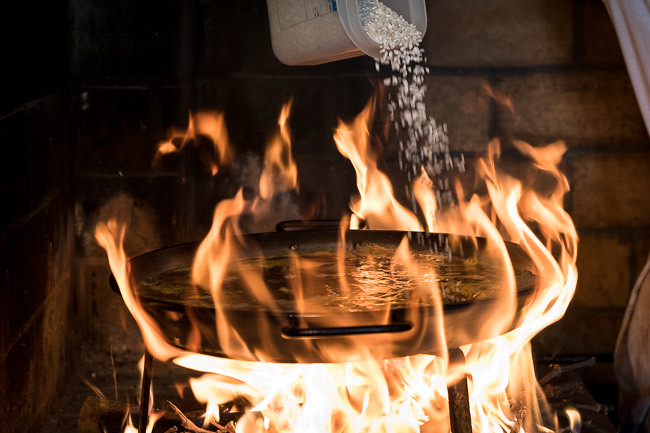

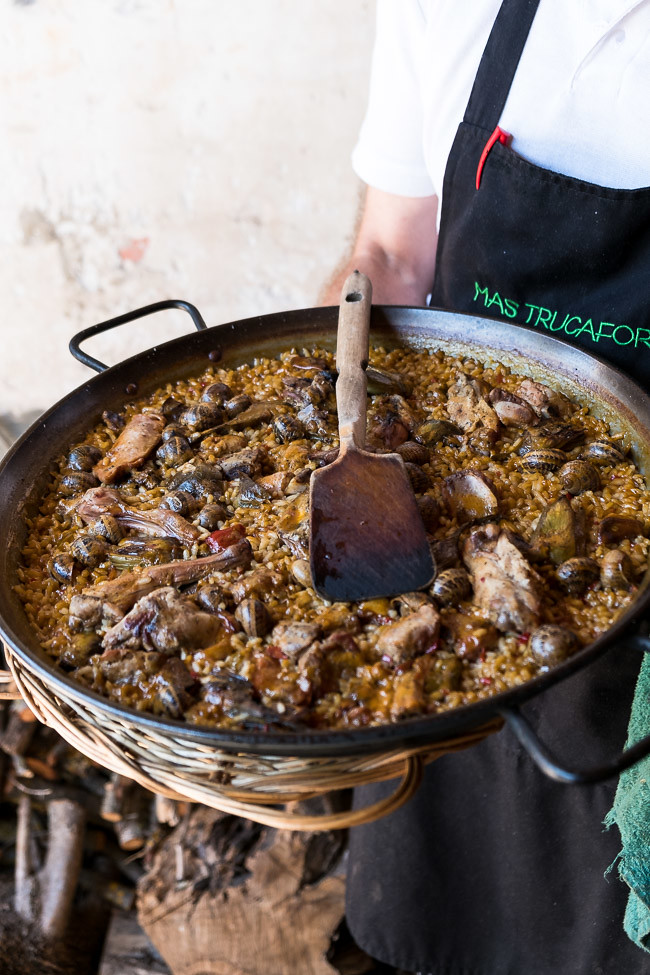
Forn de Nulles bakery
Luckily we've skipped dessert before a visit to a traditional family run bakery Forn De Nulles, known not only for the traditional bread, but also loaves with tomato, turmeric with nuts, cherries, pistachios or chocolate and orange.
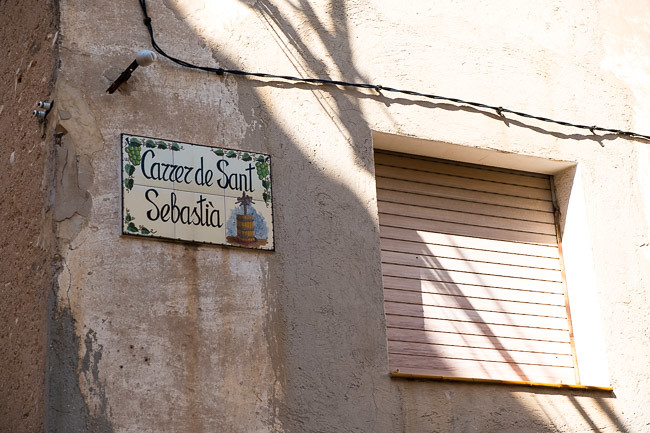
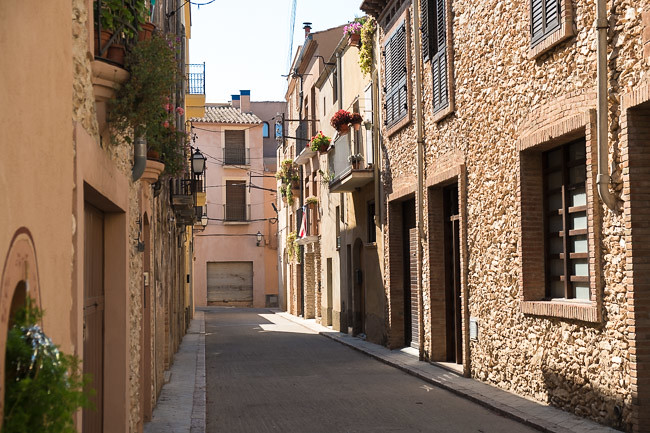
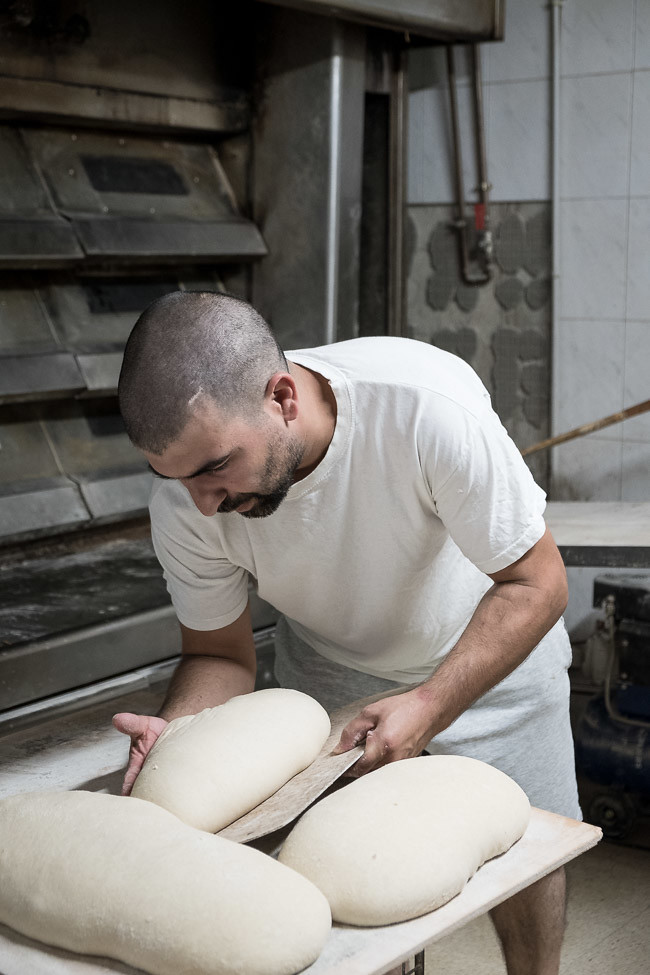
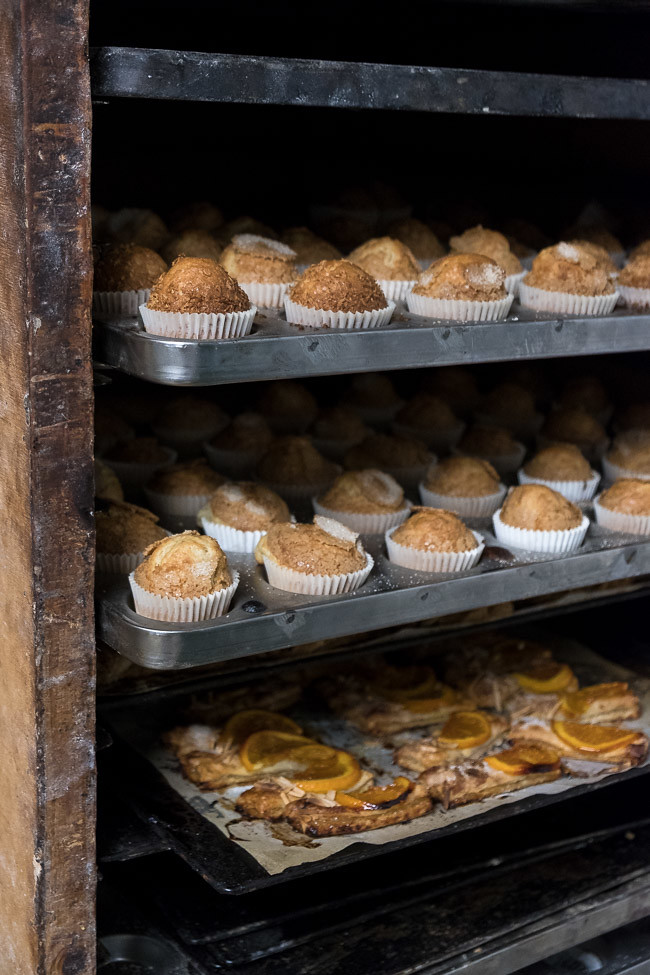
Wine vats walking tour in St Llorenç de Munt i l’Obac Natural Park
Bages might be the second smallest wine region in Catalonia, but it's the most interesting one. It was also the last place where the phylloxera plague arrived. In the 1980's fire destroyed most trees in St Llorenç de Munt i l’Obac Natural Park, and revealed old wine vats, remarkable constructions and one of the most important wine legacies of Catalonia. Some of these stone vats had been built grouped together. We went on a fab walking tour with Bages Terra de Vins to discover these wine vats, and of course there was a wine tasting as a reward. Our incredibly passionate and knowledgable guide Ricard told as all about the history of the region and these fascinating constructions.

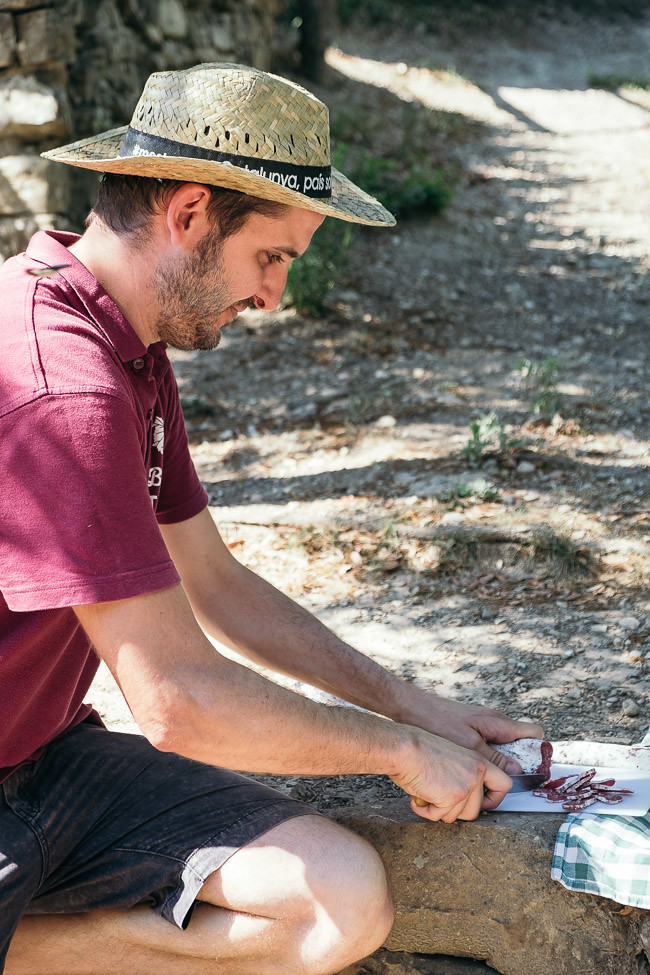
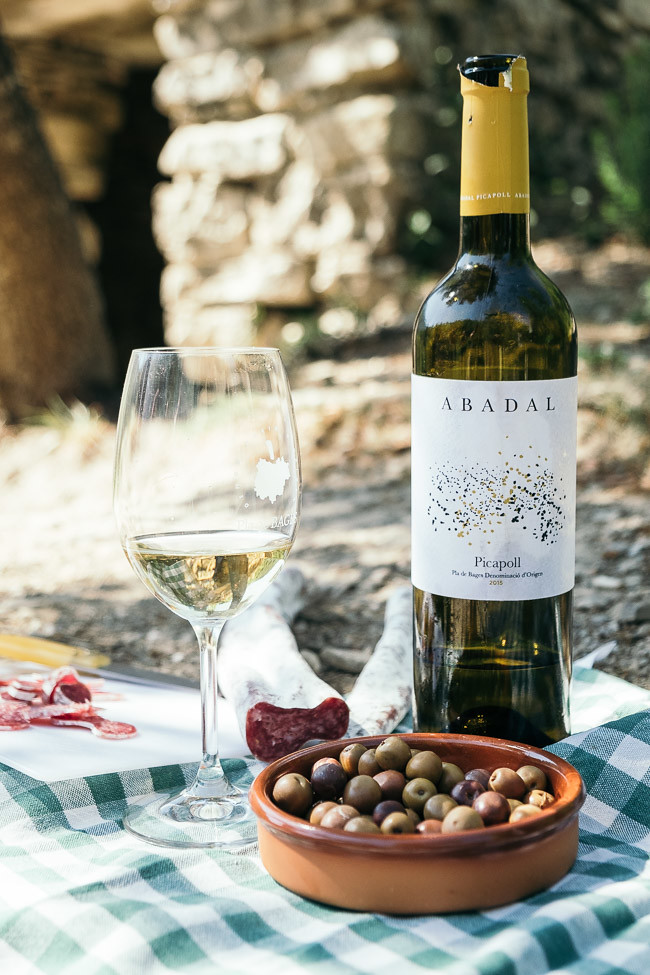
Mura
Despite the scorching temperatures, we all loved a quick visit to the medial town of Mura, lead by the funniest guide Pere, who's one of the 90 people living in the town. Wish we had time to get a lunch in one of the town's seven restaurants! Instead, we popped into a small town store selling everything from wine, fresh produce to cleaning products. I bought locally grown chickpeas and was really tempted to add a few gorgeous tomatoes.
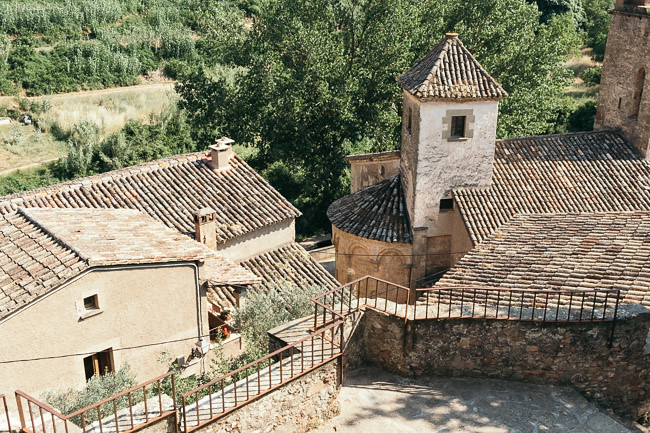
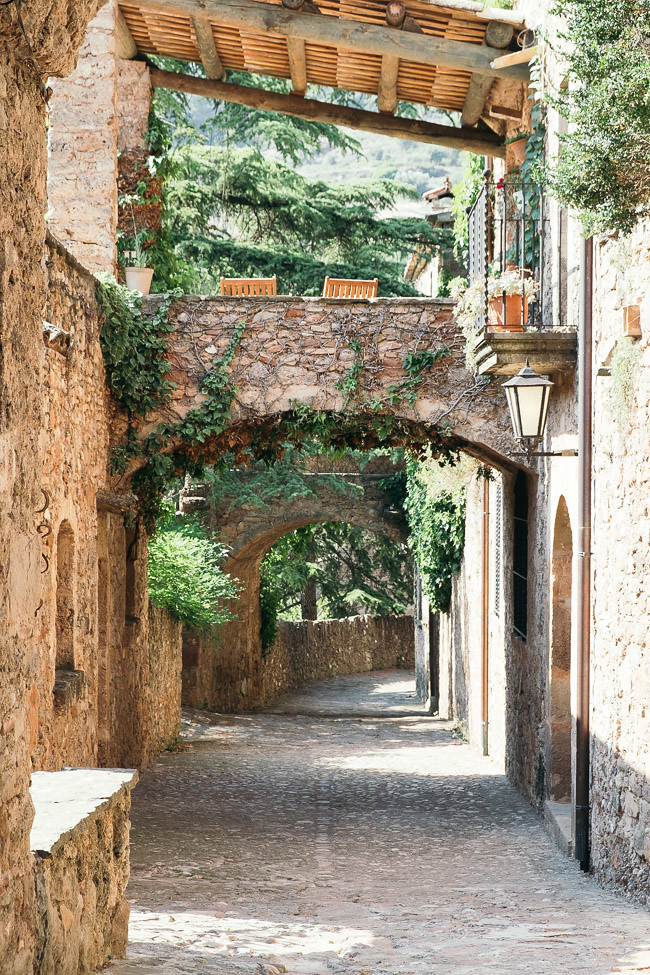
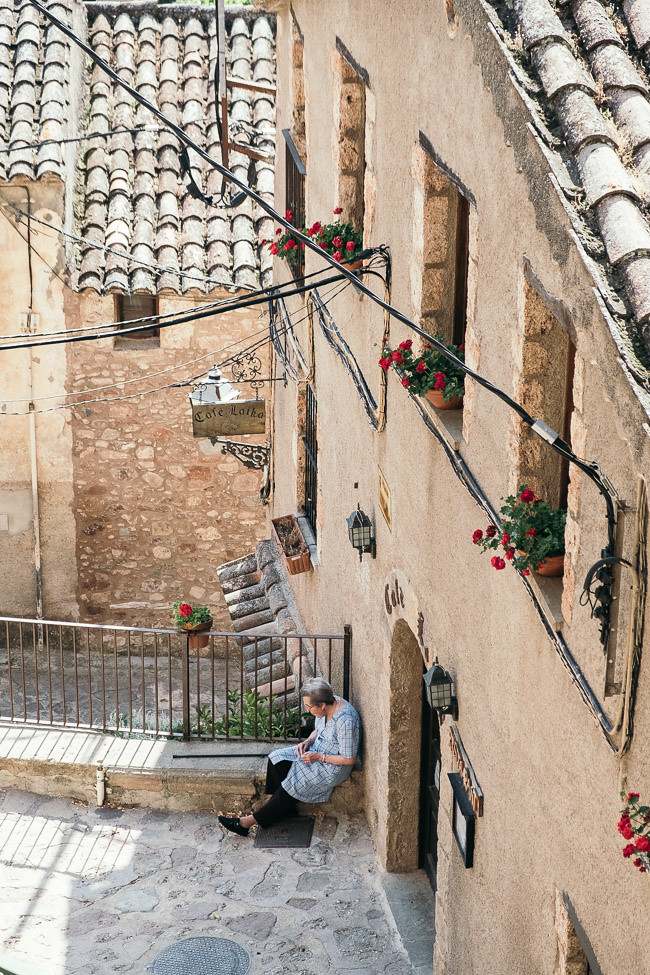
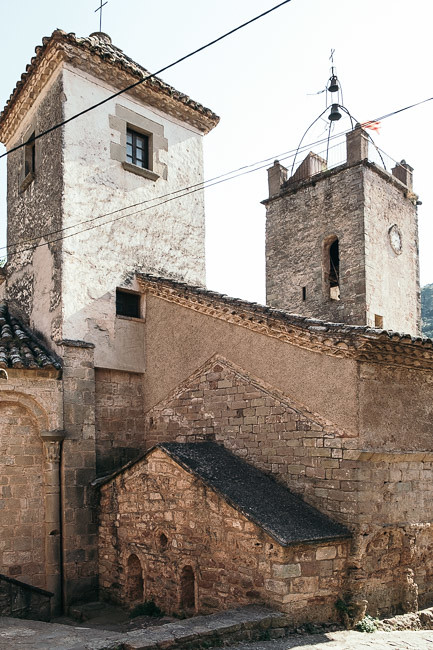
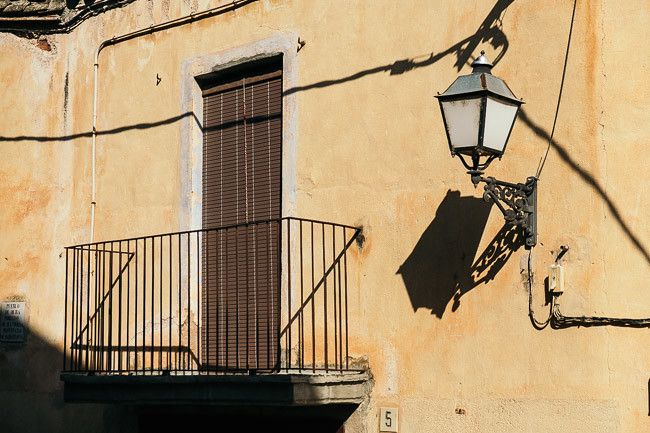
Alta Alella winery
A glass of chilled Cava in my hand, a gorgeous view of the Mediterranean Sea and lush greens of the vineyard. We couldn't have imagine a better way to spend our last day in Catalonia than a relaxing morning with a brunch and wine tasting in an organic Alta Alella winery. The winery is conveniently located only 2km from the Mediterranean Sea, so you can feel sea breeze on your skin, but it's also the closest wine cellar to Barcelona.
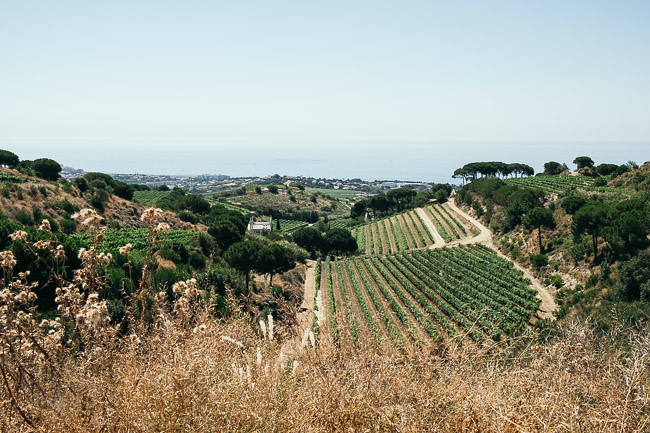
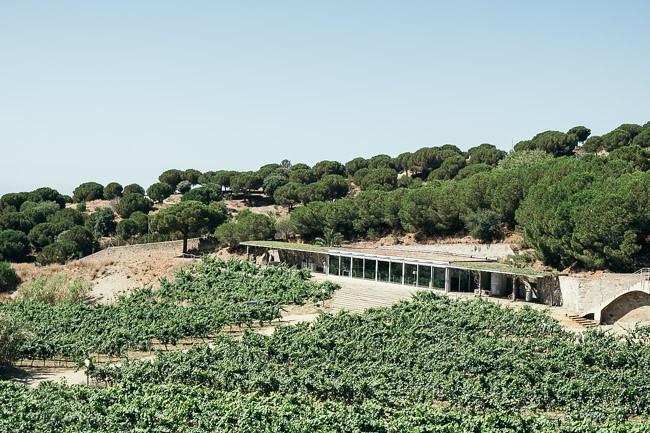
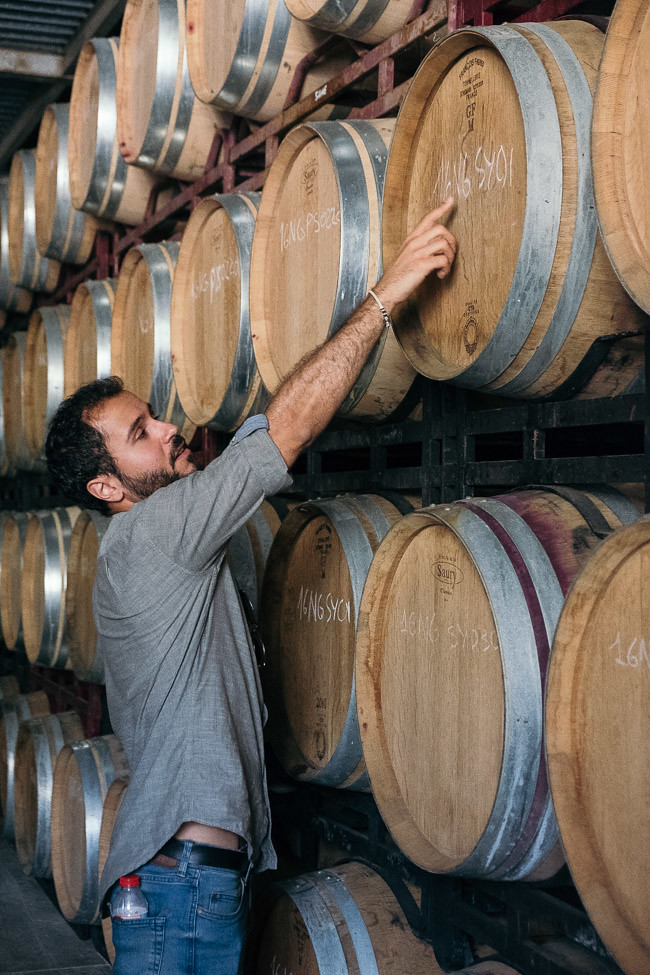
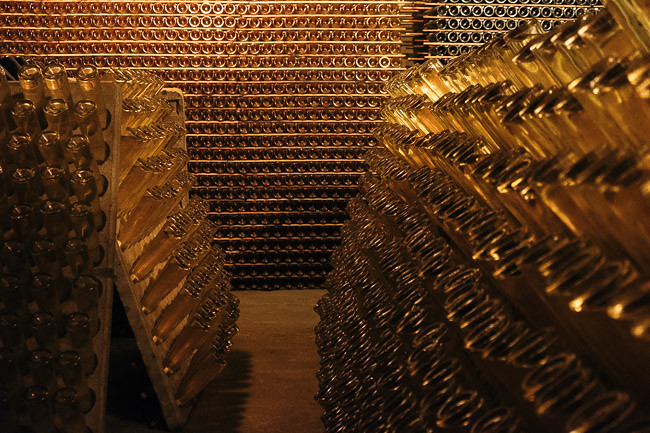
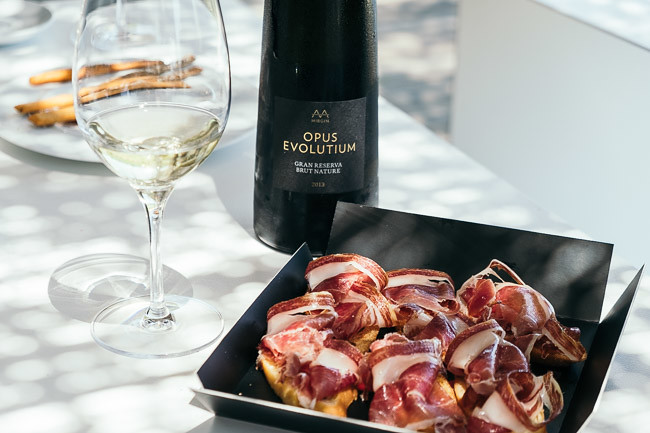
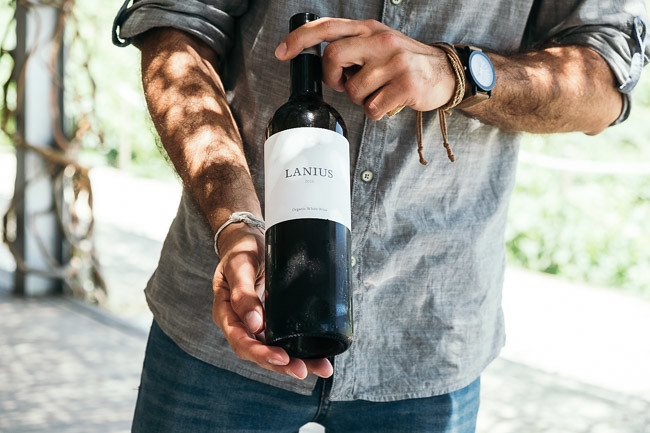
Note: I was a guest of Catalan Tourist Board, all views are my own.
